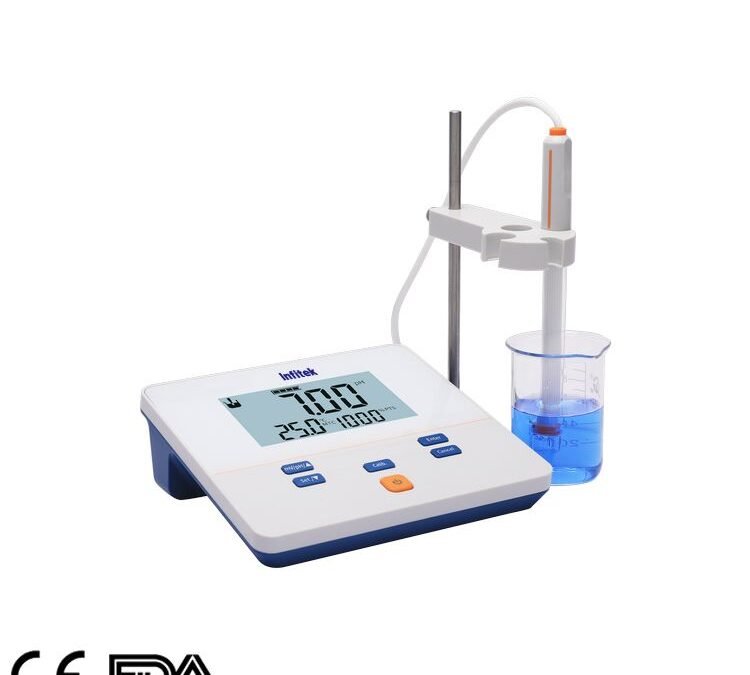
by Dr. Yashashwini Reddy | Apr 23, 2025
Standard Operating Procedure (SOP) Here is a Standard Operating Procedure (SOP) for the Preparation and Standardization of Volumetric Solutions. This SOP provides detailed instructions for accurately preparing and standardizing volumetric...

by Dr. Yashashwini Reddy | Apr 19, 2025
1. What is a pH meter and how does it work? A pH meter is an electronic device used to measure the hydrogen-ion activity (acidity or alkalinity) in a solution. It works by measuring the voltage difference between a pH-sensitive electrode (glass electrode) and a...

by Dr. Yashashwini Reddy | Apr 19, 2025
1. What is Karl Fischer titration? Karl Fischer titration is an analytical technique used to determine water content in a wide range of substances. It is based on the chemical reaction between iodine and water in the presence of sulfur dioxide and a base, typically in...

by Dr. Yashashwini Reddy | Apr 17, 2025
1. What is osmometry, and what is it used for? Osmometry is a technique used to measure the osmolality of a solution — the concentration of osmotically active particles per kilogram of solvent. It’s commonly used in clinical laboratories to assess body fluid...

by Dr. Yashashwini Reddy | Apr 16, 2025
1. What is the basic principle of UV spectroscopy? UV spectroscopy is based on the absorption of ultraviolet (UV) and visible light by molecules. When a molecule absorbs light in the UV-visible range (typically 200-800 nm), electrons in the molecule are excited from a...







